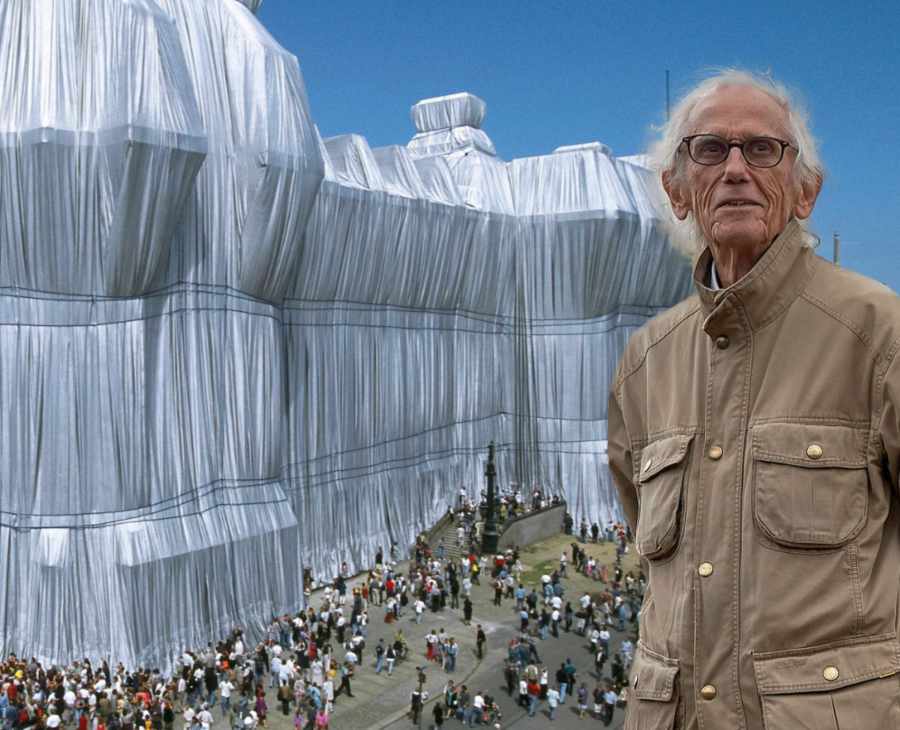A hint of the thinking behind some forms of painting
Is Art what is seen, or what is known?
A hint of the thinking behind some forms of painting
Is Art what is seen, or what is known?
Many people argue that a painting or drawing has to represent something seen, and the more realistically that is reproduced the better the art work. But what if we were to argue that what is seen is not reality. It is just one form of the truth and there are others!
What we see, or what we know?
Much of the developments in painting in the early 20th century was based on a change of thinking about visual perception. Traditionally an artist would paint what they saw or stylistic interpretations of that perception. We as observers of art make judgements on the artist’s perceptions. Many argue that if a painting or drawing ‘doesn’t look right or look realistic’ it is often dismissed or discarded. This is a very strange approach to judging art. Particularly, when you consider that what we see isn’t ‘real’.
Scientist’s tell us the sky is actually colourless. It is not blue. Our brains ‘interpret’ the clashing of electrons/photons in our atmosphere as blue. (I am not a scientist so please excuse the terminology). People appear to be smaller the further away they happen to be, but they don’t actually shrink. Train lines appear to come together as they recede into the distance, but they don’t actually get narrower. Our brains condition us to ‘see’ the world in a particular way. Artists began to realise that painting what we know could be exciting, but it would look very different.
The Ascension – Giotto, 1305
Bottle and Fishes – Georges Braque, 1910


Consider This
Picasso famously said, ‘I don’t paint what I see, I paint what I know.’ Imagine taking this literally? How would a painting look if the people represented in a picture were not reduced in size because they happened to be further away. The brain would assume they were all occupying the same limited space The depth in the painting would disappear. The same effect would apply to buildings too.
What would happen if we did not use perspective to draw a road narrowing as it recedes into the distance? Instead we drew the road parallel. Imagine how different the painting would be. Painting or drawing the world as we see it is a very western approach to visualisation, invented with the flowering of the Renaissance. Not all cultures follow this idea.
Open your Mind to a different Reality
Have you noticed that drawings and paintings of figures in traditional Chinese art don’t have shadows on the faces. To our eyes their paintings of faces can appear flat. We draw/paint the shadows on a face, to give depth and solidity, but shadows are transitory and dependent on light. The colour of our faces doesn’t actually change, it is light that makes it appear to change. So maybe the Chinese are drawing/painting what they know, not what they see.
Artist’s have painted on canvas, wooden panels, boards etc., for centuries. Their surfaces are flat, so why do we use ‘visual tricks’ (perspective) to make the flat surface appear as something it isn’t? What if we painted something that was true to the surface it was painted on? No pretence at three dimensions. Hmm, we could call it abstraction.
Why should artists paint from one viewpoint? Painting from multiple viewpoints and combining them together in one image would create a summary of the vision seen. Cézanne used this in a subtle way, Picasso and Braque in a prominent manner.
What I am really saying here is that ‘real’ means different things to different people. The points above are somewhat simplistic, but they give an inkling into different visions. The fact is we all interpret colour, emotions, feelings and the visual world very differently. So why shouldn’t artists do the same? Artists should explore different visions and versions of reality and present them for our consideration. We in turn should open our minds and embrace the fact that our own vision of the world, is not the only true one that exists.





